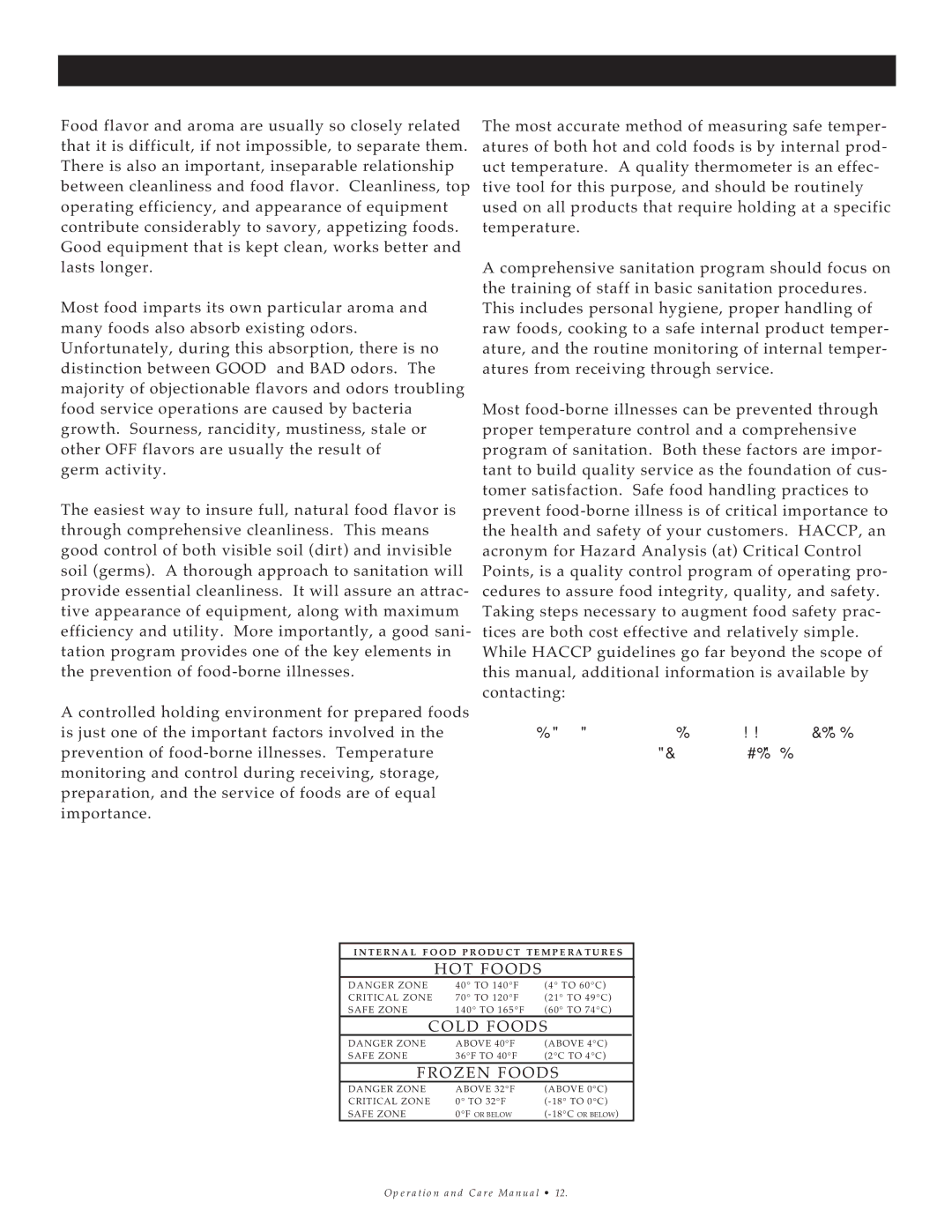500-E/Deluxe specifications
The Alto-Shaam 500-E/Deluxe is an innovative and versatile equipment designed specifically for the commercial foodservice industry. Renowned for its advanced cooking technologies and precise control systems, this unit offers an exceptional solution for restaurants, catering operations, and other foodservice establishments looking to elevate their culinary offerings.At the heart of the Alto-Shaam 500-E/Deluxe is its innovative Vector® Multi-Cook Oven technology. This cutting-edge feature enables operators to cook multiple foods simultaneously without flavor transfer, utilizing separate cooking zones within the unit. The adjustable air flow and temperature settings in each zone provide unparalleled versatility, allowing different items to be cooked to perfection based on their unique requirements.
Another highlight of the Alto-Shaam 500-E/Deluxe is the exclusive Halo Heat® technology, which gently surrounds food with a consistent temperature, ensuring even cooking and holding without drying out the product. This feature is particularly beneficial for holding cooked items at optimal serving temperatures while preserving overall flavor, texture, and moisture content.
Operators will also appreciate the user-friendly controls of the 500-E/Deluxe. Its intuitive touchscreen interface simplifies the cooking process, allowing staff to easily adjust settings, monitor cooking progress, and manage multiple items with precision. The programmable capabilities enable operators to save and recall their favorite cooking profiles swiftly, which enhances efficiency in busy kitchen environments.
Designed with durability and efficiency in mind, the Alto-Shaam 500-E/Deluxe is constructed from high-quality stainless steel, ensuring a long lifespan that can withstand the rigors of high-volume cooking. Its energy-efficient design not only reduces operational costs but also minimizes the environmental impact.
The Alto-Shaam 500-E/Deluxe's compact footprint makes it an ideal choice for kitchens with space limitations. Despite its size, the unit offers ample capacity, accommodating various types of food products, from meats and vegetables to baked goods and desserts.
In summary, the Alto-Shaam 500-E/Deluxe combines advanced cooking technologies, user-friendly controls, and a space-efficient design to meet the increasing demands of modern foodservice operations. Its ability to deliver consistent results, coupled with its energy efficiency and durability, positions it as a valuable asset for any professional kitchen. Whether used for cooking, warming, or holding, this unit exemplifies the quality and innovation Alto-Shaam is renowned for in the culinary world.

